If you want to play a class in BG3 that combines warrior and priest abilities, then the Paladin is what you need. They can deliver strong blows in both close combat and ranged battles using weapons and spell scrolls. In this BG3 class guide, we'll discuss the pros and cons of this class as well as its gameplay features. But be careful: the Paladin is a very appealing and interesting class. If you play it once, you probably won't want to play any other class!
Paladin class overview
 Image credit: Larian Studios
Image credit: Larian Studios
The Paladin can take on various roles such as a tank, healer, or primary damage dealer, taking on the role of a warrior in battle. You can think of this hero as the group leader, handling all the NPC conversations. They can charm or deceive NPCs with their charisma!
Charisma, strength, and dexterity are the main attributes to boost for a Paladin as they determine their combat power and effectiveness in battles.
Moreover, Paladins are often chosen to create multiclass characters because the primary advantages of the holy knight can be obtained at early levels. Many players level up a Paladin to level 2 and then switch to a bard or priest to enhance their magical potential.
A controversial drawback of the Paladin in BG3 is the need to uphold a divine oath, which significantly influences the hero's behavior. Players must perform good deeds, aid the weak, uphold justice, and punish wrongdoers. Some players believe that this limits their freedom of action and choice.
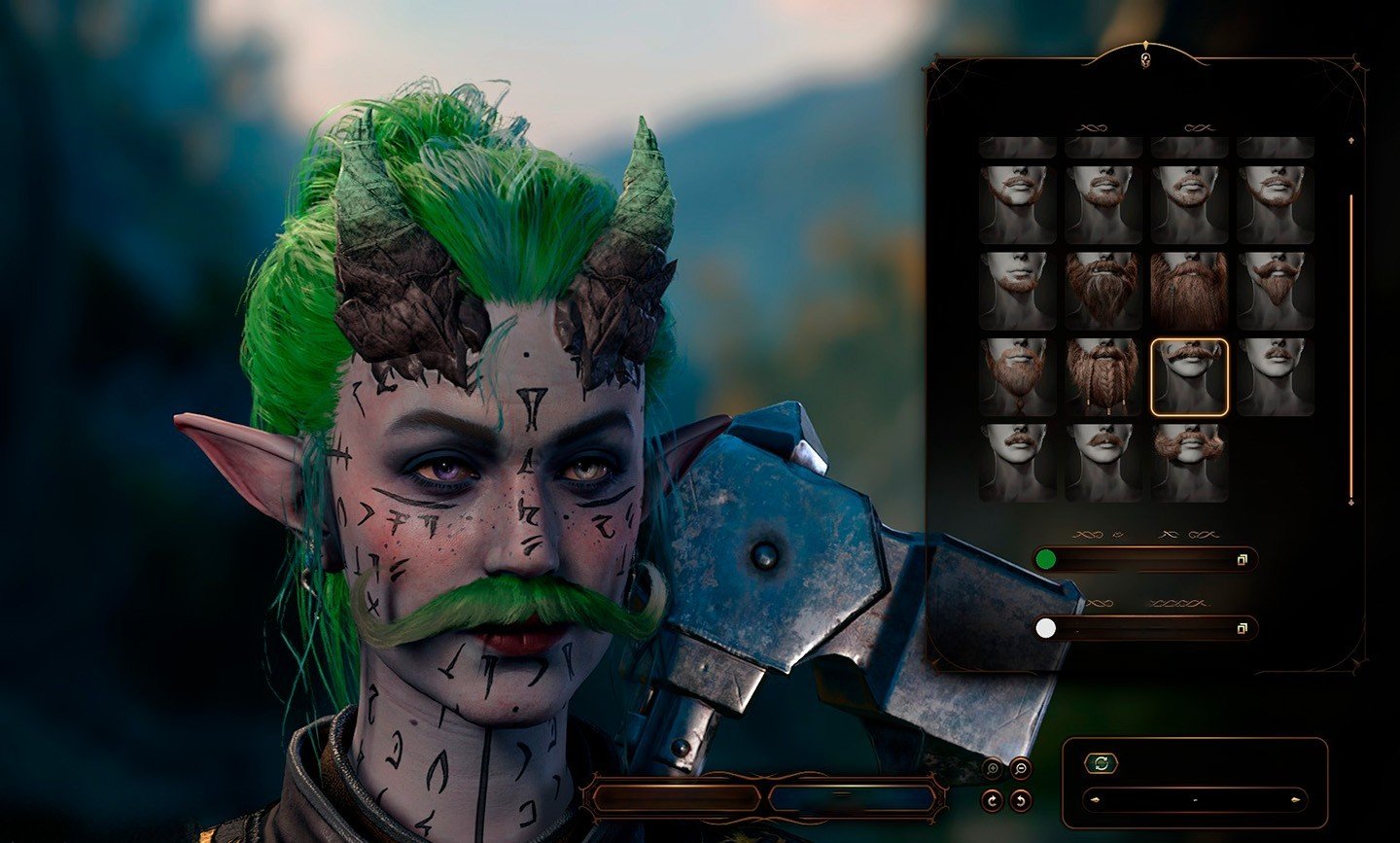 Image credit: Larian Studios
Image credit: Larian Studios
On the other hand, it's not much of a problem if your hero is altruistic and willing to help others selflessly. At this point, everyone who romances Astarion lets out a heavy sigh.
The Paladin is considered one of the strongest classes in the game, often classified as an S-class or A-class.
|
Pros |
Cons |
|
|
In our class guide, we rank the paladin as S.
Paladin class playstyle
 Image credit: Larian Studios
Image credit: Larian Studios
For a Paladin in BG3, two stats are crucial: strength and charisma. These determine the power of your damage against enemies. The third most important trait is constitution. This stat improves your health pool, allowing you to stay on the battlefield longer, and enhances concentration for spells.
Next, focus on improving your wisdom to handle checks during your adventures.
In our class guide, we'll share even the seemingly unnoticed aspects of the class. Finally, consider dexterity. You don't need to raise it beyond 10 levels because Paladins typically wear heavy armor, and you won't receive mobility bonuses from this stat. Tip: At the very beginning of the game, you can easily boost your armor class to 15 by taking Lae'zel's armor when you meet her.
Paladin class features
 Image credit: Larian Studios
Image credit: Larian Studios
The holy warrior can fight not only on the battlefield but also as a class guide for the heart of a charming stranger or a patron in the tavern!
Key stats: strength and charisma.
Strength determines how well a Paladin will fight in close combat and their attack damage. Charisma defines the Paladin's appeal to others and influences the power of their spells.
Saving throws: wisdom and charisma. Wisdom saving throws occur when someone tries to influence your character's mind, detect deceit in conversation, or resist enemy spells in battle.
 Image credit: Larian Studios
Image credit: Larian Studios
Charisma saving throws arise during conversations with NPCs when you aim to deceive, intimidate, persuade, or charm someone.
- Skills with proficiency: history, insight, intimidation, and persuasion.
- Armor: any armor (light, medium, or heavy) with the option to use a shield.
- Weapons: simple and martial.
Health calculation formula: 1d10 per level + Constitution modifier. At the 1st level, a Paladin has 10 hit points plus the Constitution modifier. For each subsequent level, they either gain 1d10 from a roll or a fixed 6 HP (depending on the player's choice) plus the Constitution modifier.
Compared to other classes, you could say that the Paladin in BG3 has the same amount of health as a warrior, less than a barbarian, and more than other classes.
Paladin class progression
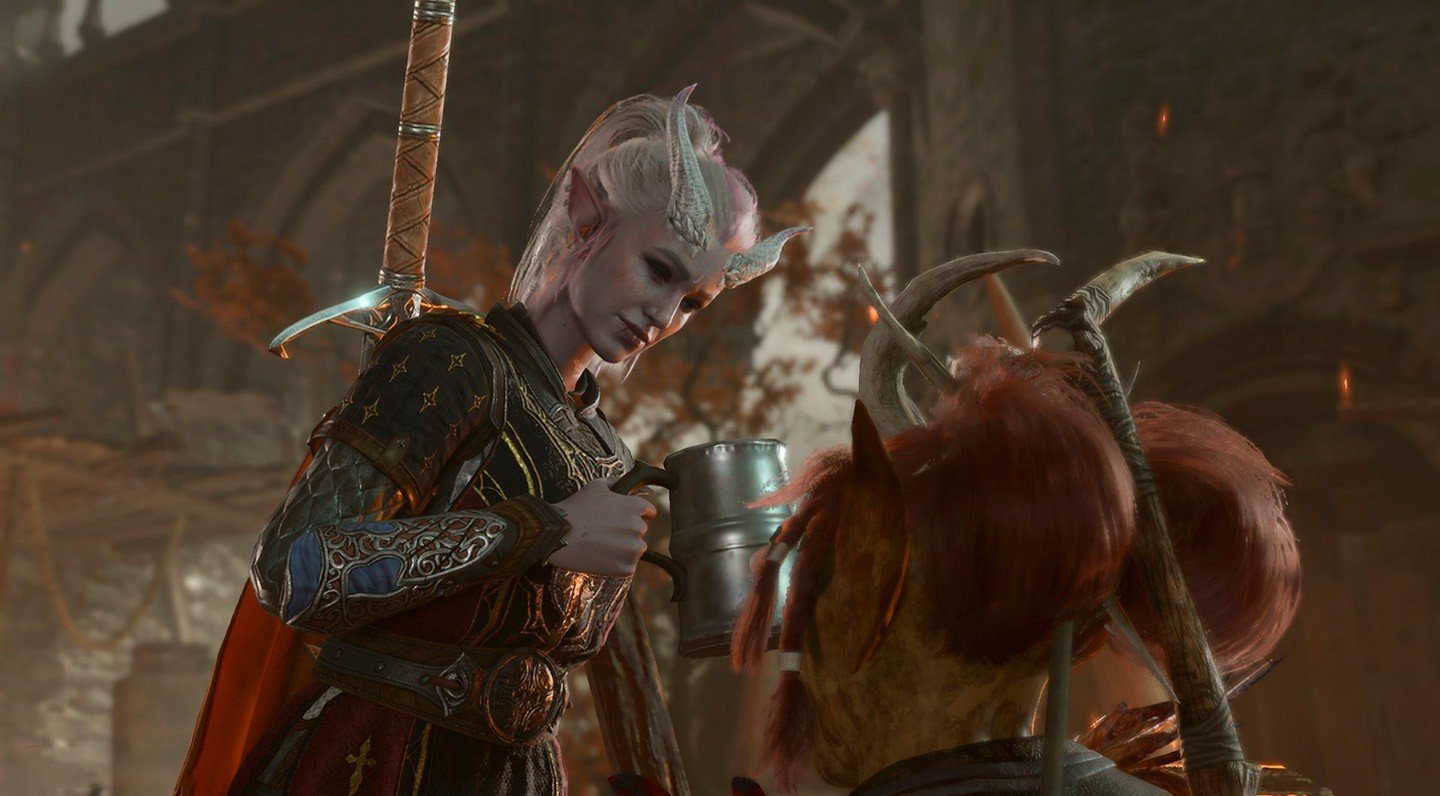 Image credit: Larian Studios
Image credit: Larian Studios
In Baldur's Gate 3, you can level up your hero to a maximum of 12 levels. The developers justify this due to the complexity of balancing abilities. We can agree with that! Even in the original D&D, characters above level 12 become almost god-like, able to manipulate space and time.
Let's examine how the Paladin lvl class evolves in BG3: which levels unlock useful abilities and where you might consider multiclassing. However, remember if you change your class, for instance at level 6, you won't receive the Paladin bonuses for that level! Instead, you'll acquire the features of the new class, such as Bard or Warrior.
Level 1
At level 1, the Paladin lvl gains the following abilities and features:
- Channel Oath Charges x1: This class feature allows the Paladin lvl to draw upon the power of their oath to activate unique abilities. Charges are restored after a long rest.
- Lay on Hands Charges x3: Another class feature that lets the Paladin use the power of their oath to activate unique abilities. Charges are restored after a long rest.
- Lay on Hands: This is an action that consumes a Lay on Hands Charge. It allows the Paladin to heal themselves or another creature by touching them, restoring 5 hit points for each Paladin level.
- Divine Sense: As a bonus action, this gives the Paladin an advantage in battles against celestials, undead, and demons. It lasts for 2 rounds and is restored after a short rest.
- Select a Subclass: Choose between Healing Radiance (which focuses on healing), Holy Rebuke (emphasizing protection), or Inquisitor's Might (providing buffs). Your choice of subclass should align with your preference.
Level 2
Reaching level 2 is quite straightforward; you'll gain additional health and new abilities.
- Divine Smite: An action that imbues your weapon with divine power, allowing you to deal radiant damage.
You'll also get to choose from four Fighting Styles, but you can only select one:
- Defense: Gives a bonus to your armor class.
- Dueling: Grants +2 to damage with one-handed weapons.
- Great Weapon Fighting: If you wield a two-handed weapon and roll a critical failure or a 2 on an attack roll, you can reroll the dice.
- Protection: If you're equipped with a shield and have an ally nearby, enemies will be compelled to target your ally.
- Level 1 Spell Slots: Enables the Paladin to utilize their magical abilities and learn new spells.
Level 3
At the third level, the Paladin lvl gains the following abilities and features:
- Divine Health: A passive Paladin ability.
- Level 1 Spell Slots: Enables the Paladin to utilize their magic and learn a new spell.
- Subclass Feature: A spell or ability specific to the chosen subclass. For instance, the Oath of Vengeance grants the spell "Bane", while the Oath of the Ancients offers the intriguing ability "Speak with Animals".
Level 4
At the 4th level, there aren't many new additions, but they're all interesting.
- Lay on Hands Charge: +1 new charge.
- Feat: You need to choose one new skill. We recommend mastering two-handed swords.
Level 5
At level 5, the situation for the Paladin lvl is as follows:
- Proficiency Bonus: Adds +3 points to skill checks, attacks, and saving throws.
- Level 1 Spell Slots: Grants +1 new slot.
- Level 2 Spell Slots Unlocked: These are new slots designated for second-level spells, allowing the character Paladin to cast more potent spells. The Paladin gains two slots specifically for these second-level spells. Certain first-level spells can be channeled through these slots to augment their effects.
- Extra Attack: Permits the Paladin to execute two attacks.
- Subclass Features: The specific features depend on the chosen oath.
Level 6
- Aura of Protection: An ability that grants Paladin lvl and allies within a 3-meter radius a bonus to saving throws equal to Paladin's Charisma modifier. As we've mentioned, the strength of the holy knight depends on their Charisma level!
- Aura of Protection: This ability grants both the character and allies within a 3-meter radius a bonus to saving throws, equivalent to the Paladin's Charisma modifier. As we've emphasized, the might of the holy knight is largely dependent on their Charisma!
Level 7
 Image credit: Larian Studios
Image credit: Larian Studios
The Paladin lvl 7 gains an additional slot for second-level spells, enhancing their magical arsenal.
- Level 2 Spell Slots: Another slot for 2nd-level spells becomes accessible.
- Subclass Feature.
Level 8
The Paladin lvl 8 can select a new skill from the available choices. Why not have a bit of fun and acquire the ability to play musical instruments?
- Feat: It's time to pick a new skill.
Level 9
The Paladin lvl 9 can wield 3rd-level spells, which are the pinnacle of their spellcasting prowess.
- Level 3 Spell Slots: At last, you can fully tap into your latent capabilities! Or at least, nearly so.
- Subclass Feature: Alongside the new spell slot, select an accompanying spell of equivalent level. Your choice is guided by your subclass.
Level 10
- Lay on Hands: This feature now possesses 5 charges.
- Aura of Courage: This grants both the character Paladin and companions within a 10-meter radius immunity to fear.
Level 11
- Improved Divine Smite: This augments your attack with an extra 1d8 Radiant damage.
- Level 3 Spell Slots: You get +1 magic slot.
Level 12
Reaching this zenith level and opting for one more skill demands careful consideration. This represents the final frontier of progression, and character evolution is irreversible - unless, of course, you've got a backup save at hand.
- Feat.
BG3 Paladin subclasses
 Image credit: Larian Studios
Image credit: Larian Studios
In this class guide we will briefly look at the features of all paladin subclasses.
Ancients
Paladins of this subclass protect nature and its beauty. They have the ability to heal themselves and their allies.
Principles: Instill faith in those who've lost their strength, resist evil, and safeguard the beauty of nature.
Devotion
Paladins of this subclass value honesty and protect the weak. They can bestow an aura of vengeance upon an ally, dealing 1-4 radiant damage to anyone who strikes a companion in close combat.
Principles: Be brave, compassionate, and righteous.
Vengeance
Paladins of this subclass pay a high price for justice. They are versatile, excelling at healing allies, dealing significant damage, and possessing ample health points. They can buff and debuff units on the battlefield.
Principles: Battle against great evil, show no mercy to villains, and cleanse the world of their corruption.
Oathbreaker
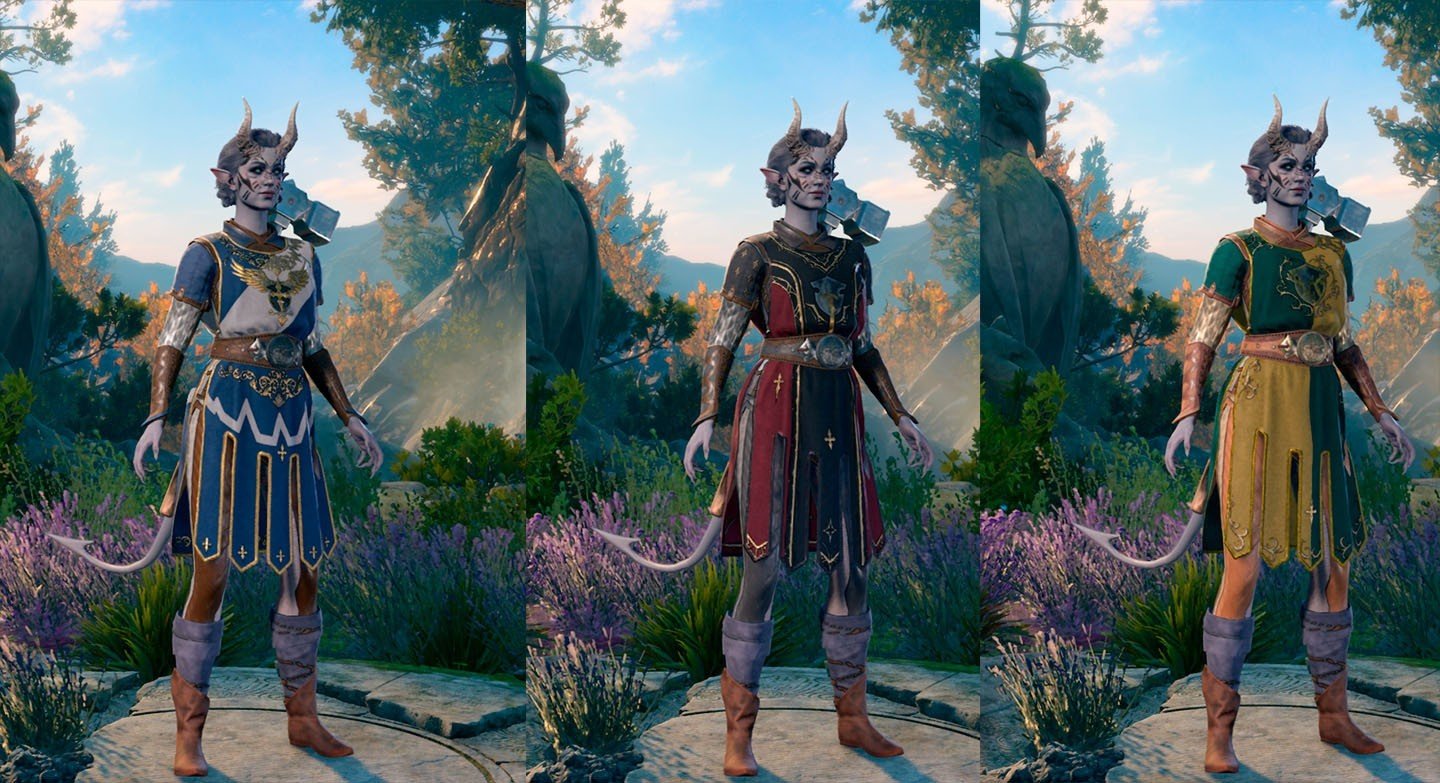 Image credit: Larian Studios
Image credit: Larian Studios
This is a hidden subclass that becomes available when you break your oath in BG3. To access it, choose one of the subclasses above, and during the game, breach your oath either by failing to defend the weak or by saving a villain at the expense of innocent lives. A knight in dark armor will then appear, dubbing you an Oathbreaker.
Return to your camp where a newfound acquaintance will elucidate that by breaking your oath, you've acquired new, albeit darker, abilities. Your powers will morph into Necrotic ones.
However, redemption remains within reach. You can reclaim your oath by compensating the Oathbreaker Knight with 2000 gold. It's that simple.
Baldur’s Gate 3 Paladin build
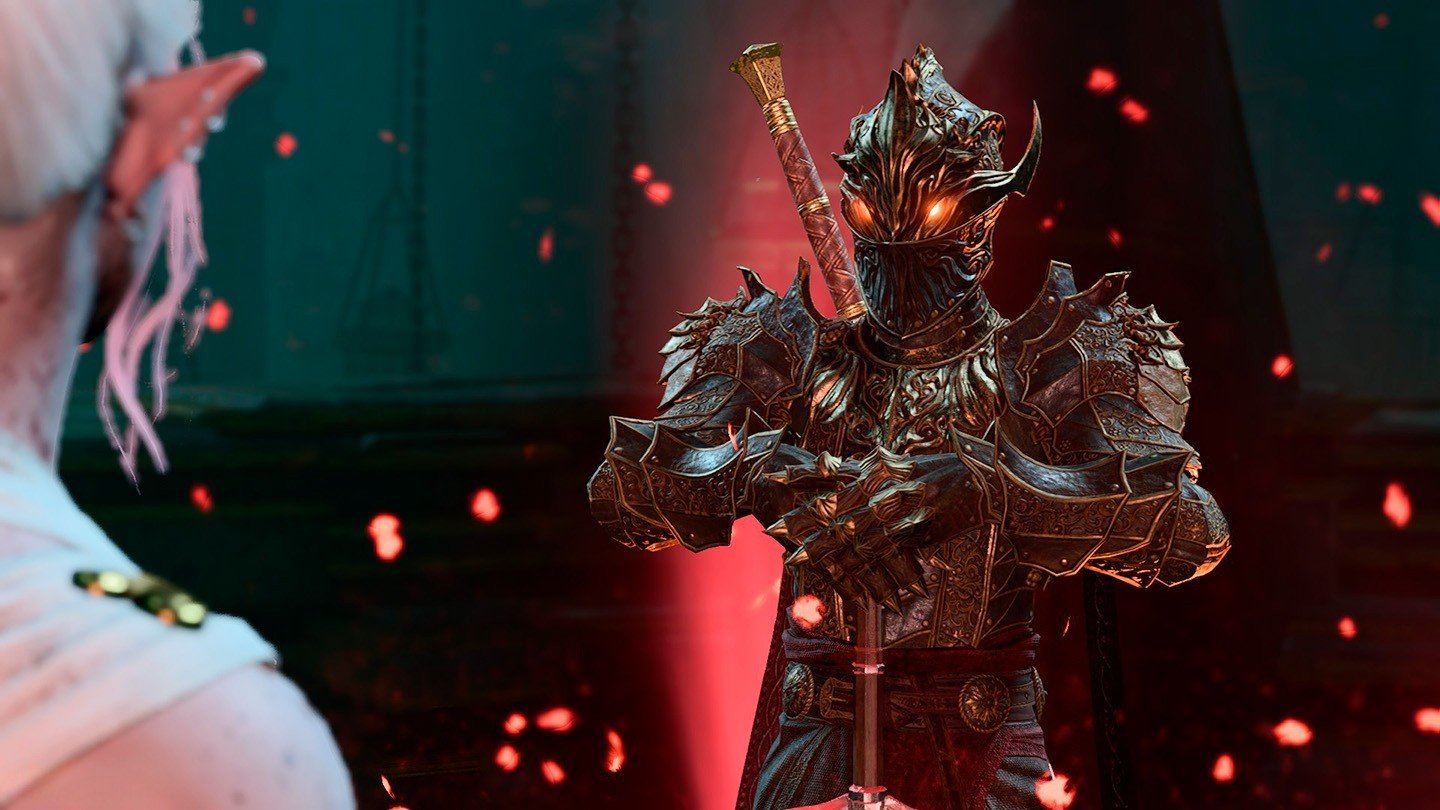 Image credit: Larian Studios
Image credit: Larian Studios
Well, let's add some depth to this class guide and talk about the Paladin build in Baldur's Gate 3. We'll discuss skills, spells, race, and subclass selection.
Best races for a Paladin:
- Dwarf;
- Half-Elf;
- Human;
- Githyanki;
- High Half-Elf;
- Mephistopheles Tiefling.
Choose your race based on the additional skills you want in BG3. We recommend the Mephistopheles Tiefling because this hero benefits from Darkvision and gains fire resistance through Hellish Resistance. These attributes are vital for a close-combat hero. Additionally, you'll acquire Spells and the Flame Blade, which can serve as your primary or secondary weapon.
- Best subclass: Vengeance, as it unlocks the Inquisitor's Might ability. A significant advantage of this skill is its ability to inflict the Daze status on an enemy for two turns.
- Skills: Intimidation and Persuasion, essential for succeeding in social encounters.
- Best background: Soldier or Aristocrat. The skills from these backgrounds are beneficial in battles and social situations.
 Image credit: Larian Studios
Image credit: Larian Studios
Skill leveling recommendations:
- Strength: 16;
- Dexterity: 10;
- Constitution: 14;
- Intelligence: 8;
- Wisdom: 10;
- Charisma: 16.
A Paladin in BG3 can utilize their spell slots to activate class abilities, efficiently handling enemies on the battlefield. They can also employ spells for conventional magic, which prove useful in various situations, such as reaching inaccessible locations or safely jumping off cliffs without sustaining injury.
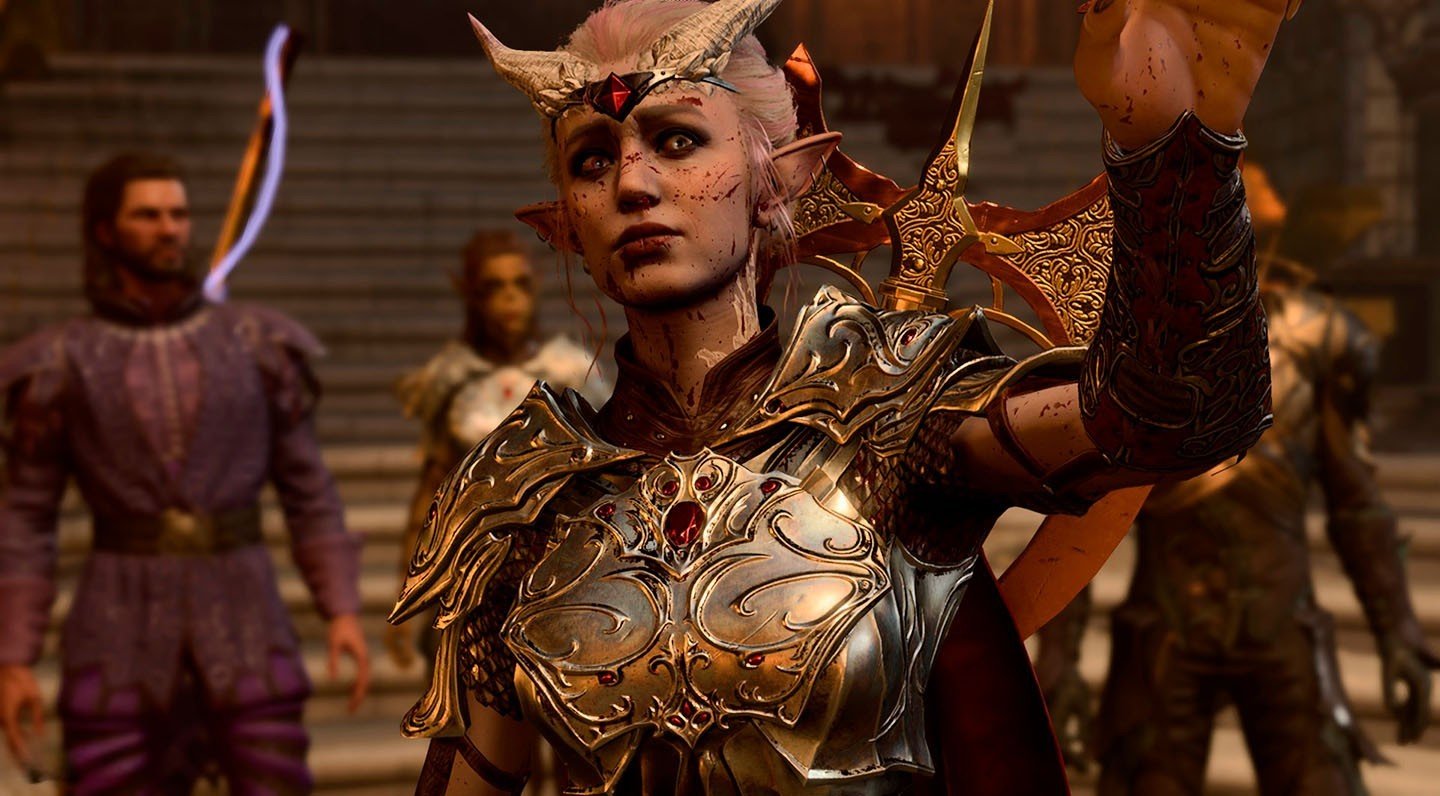 Image credit: Larian Studios
Image credit: Larian Studios
The best Paladin abilities:
- Divine Smite;
- Improved Divine Smite;
- Lay on Hands.
 Image credit: Larian Studios
Image credit: Larian Studios
The best spells for a Paladin:
- Shield of Faith;
- Bless;
- Command;
- Compelled Duel.
Conclusion
 Image credit: Larian Studios
Image credit: Larian Studios
The Paladin in BG3 is a fantastic character, capable of winning you over from the very beginning of gameplay. They bring their own charm and romance through their valor, loyalty, and nobility. It's quite a flexible character, with three different subclasses, each with their own ideals, a hidden background, and the option to multiclass at levels 2-4.
Paladins aren't just strong and skilled fighters; they're also loyal friends and allies who'll patch you up in the morning. In short, these do-gooders are ready to protect their comrades by any means necessary. So what if their intelligence is only 8 points? Their charisma is high enough to charm anyone! We hope this class guide was useful for you, write in the comments if you like playing paladin characters?
Main image: Larian Studios


 Daria "Foxdari" Sedelnikova
Daria "Foxdari" Sedelnikova












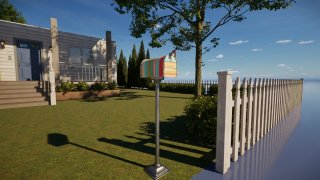





0 comments